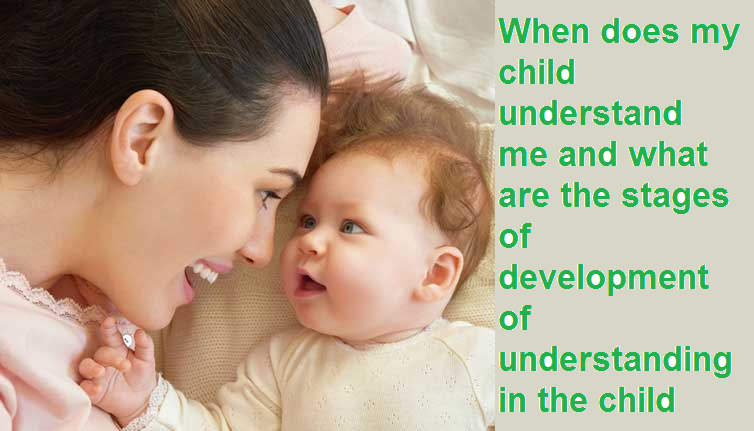6 tips to protect children from colds and flu in the winter
Children have difficulty adapting to climatic changes and low temperatures, so children's immune systems must be developed in order to fight diseases and viruses, colds and flu, ear infections and sore throats.
1- Wear appropriate clothing
Parents should keep children wearing heavy long-sleeved clothes, in order to keep the child's body warm.
2- Cleanliness
of the body
Keeping a child's environment and belongings clean is important because their immune system fights infection. Since children spend most of the cold weather indoors, it's important to clean and disinfect the house regularly, especially during and after rainstorms. When wetness encourages fungal infections, encourage them to keep their things, such as Clothes, socks, toys and schoolbags, dry and clean.
3- Keep your baby hydrated
Latest Baby Care Advice and Techniques of alltime
You can easily forget to give your child fluids as they are so busy with different activities that even if they are not sweating, they will be at risk of dehydration, so encourage your child to drink plenty of water before, during and after any activity.
Babies are also more at risk of dehydration in cold temperatures than adults, so it is advised that you give the baby plenty of warm fluids like warm water, milk, etc.
4- Healthy nutrition
Make sure that your child eats healthy food, and include all the necessary vitamins, minerals and antioxidants in their diet, which are essential for strengthening the defense mechanisms of the body.
Give your child foods rich in vitamin C such as oranges, tomatoes, melons, papayas, green leafy vegetables, and foods rich in water such as onions, broccoli, cauliflower, mint, and ginger.
Latest Baby Care Advice and Techniques of alltime
5- Get enough sleep
The functioning of our immune system is greatly influenced by sleep. Strong variations during a typical sleep-wake cycle affect your child's physical and mental activities, as well as heart rate, body temperature, and immunological parameters, including leukocyte and cell production.
An inflammatory condition may occur due to a lack of good sleep. Lack of sleep can weaken the immune system, making the child more susceptible to infection with bacteria and viruses.
6- Limit your intake of sugary foods
Increased sugar consumption also leads to inflammation of the immune system. Children who consume a lot of sugar are more likely to catch the flu, common cold and other diseases, to strengthen their immune system.
How to protect your child from cold and flu
**************
The protection of older children is based on healthy food, which contains vitamins and minerals necessary to build the immunity of their bodies and maintain their health to resist diseases, especially fruits, vegetables and honey.
To protect your child, dear mother, you should focus well on ventilating the house daily and renewing the air in it to prevent the accumulation and multiplication of germs. And make sure to keep the house temperature moderate.
Children should be accustomed to washing hands continuously after every work they do for at least 20 seconds, i.e. after eating food or after playing with his own toys or the toys of any other child, and after entering the bathroom, as hand washing prevents the transmission of germs to the child.
***********************
Subscribe to the channel and activate the alerts button
https://www.youtube.com/channel/UC7pMwb1amloZATmBwlmOdLw
------------------------------
Join our Facebook page
https://www.facebook.com/profile.php?id=100076431908573
------------------------------------------------
Read more on our site
https://www.babyandmylife.com/
--------------------------------
Follow us on Instagram
https://www.instagram.com/pregnancy1237/
***********************
Read the full article on the title site below the video
https://www.babyandmylife.com/
***********************












